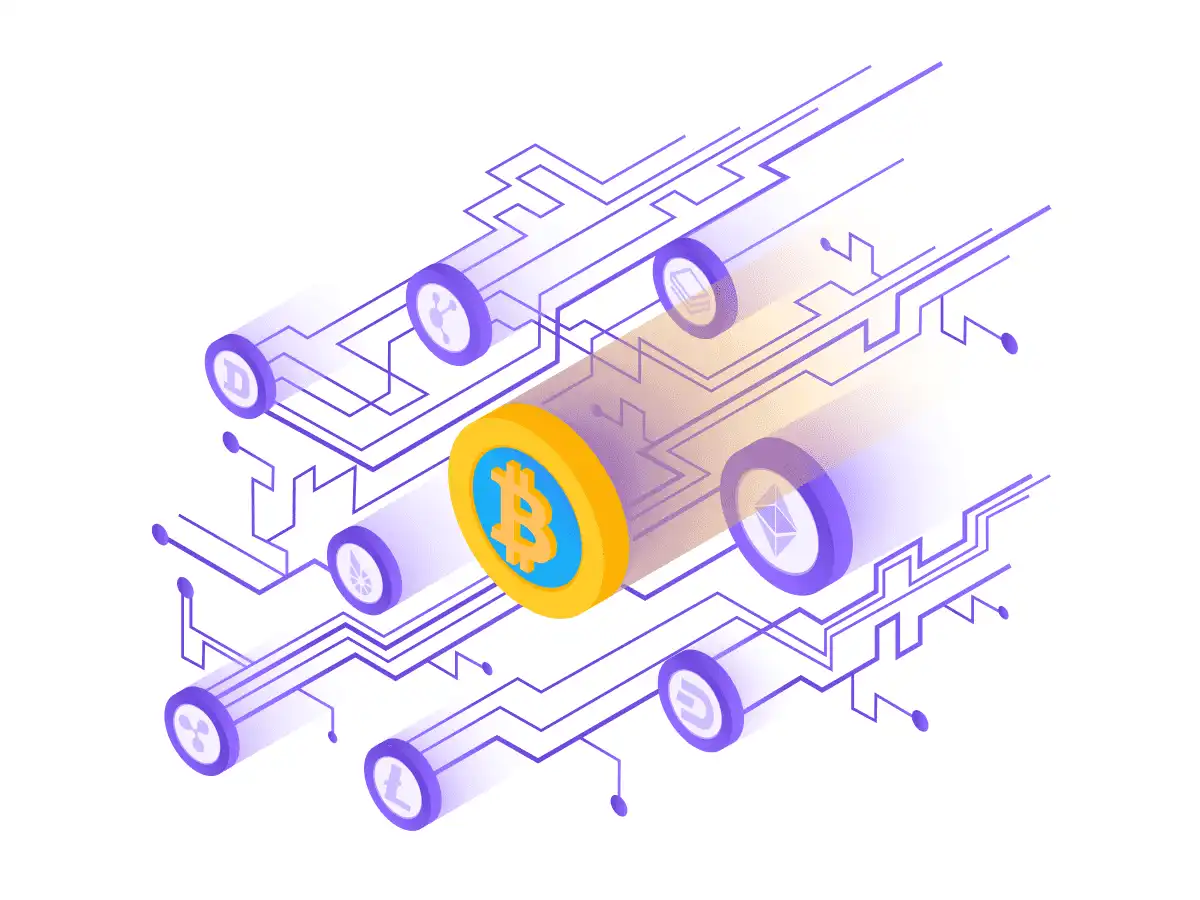What are Cryptoassets?
Cryptoassets are digital valuables powered by blockchain tech. Started with bitcoin, now includes various investment options.

Cryptoassets are usually referred to as synonymous with cryptocurrencies. However, they go beyond them. This market started with bitcoin, but today it has expanded to other asset types and applications using blockchain technology. Owning a cryptoasset is having access to a key, a code, which controls transactions carried out on the blockchain network at the holding address. Thus, it is very important to keep this key secure. The most common cryptoassets types are: cryptocurrencies, utility tokens, security tokens, and NFT's.
Cryptoassets: what are they after all?
Cryptoassets can be defined as a digital representation of values protected by cryptography. Bitcoin was the first cryptoasset issued, in 2009, launching to the world the idea of decentralized digital currencies and blockchain technology. More than a decade later, the cryptoassets market has expanded its possibilities, encompassing not only cryptocurrencies but other valuable tokens.
Important highlight: cryptocurrencies are the best-known type of cryptoassets, but they do not represent the entire market. In short: every cryptocurrency is a cryptoasset, but not every cryptoasset is a cryptocurrency. The most commons cryptoassets classifications on the market today are cryptocurrencies, utility tokens, security tokens, and NFT's.
But how does it work?
Cryptoassets' basis is the blockchain technology, represented by a ledger, a series of encrypted information produced in a network. Thus, having a cryptoasset means controlling a key - a password - which registers your ownership of that cryptoasset within the blockchain using encrypted information without exposing any data or personal information.
Therefore, cryptoassets holders must be very careful about their keys they can't forget them and need to protect them since only the holder should have access. That's why there are digital wallets designed for this specific purpose. Wallet’s methods can be digital or physical, and their security levels depending on their characteristics.
Cryptoassets types
Digitra.com briefly explains the differences between each type of crypto:
Cryptocurrencies: a type of currency that does not exist in the physical world, only digital, and that does not have an intermediary (banks, governments, regulators). They have high volatility and can serve both as an investment and payments in general since it is an easy means of transaction, especially internationally. You can acquire cryptocurrencies through an exchange platform or in bilateral transactions (peer-to-peer), directly from person to person.
Utility Tokens: A type of token with a specific utility that can represent something physical or digital. This type of cryptoasset is growing a lot as a representation of some access, for example, the right to vote on a specific decision, exclusive access to some product or service, and even benefits for employees. We can think of the utility token as a voucher, a coupon, or a name in the list.
Security Tokens: can be compared to an investment on the stock exchange or real estate. This type of cryptoasset represents an external negotiation, subject to federal legislation and restrictions especially if deemed to be securities. The holder of this token may receive investment yields through additional tokens.
NFT's (non-fungible tokens): they are gaining more and more space in the world of digital arts and games. NFT's are unique representations that register a specific thing, differently than most traded cryptocurrencies. A specific work of art represented by an NFT will always be that unique work, acting as authenticity certificates to digital products, attracting collectors' interest.
More details about these cryptoassets, as well as their markets and their trends, you found in other DGFresh content. Learning doesn't stop!



